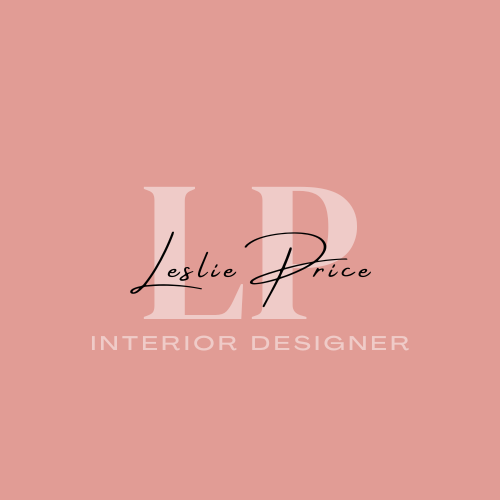Why stage your home for resale? Well, the answer is, in my experience, you will get more money for your home. I have seen it time and again that when a house is well staged, it becomes a more valuable commodity. Staging helps potential buyers see the 'flow' of the home with regard to seating, foot traffic, watching TV, working from home, etc. I like to tell my clients that staging your home is like putting on a really great outfit for a job interview. Sell your home like you would sell yourself to a potential employer. Present a polished first impression. According to Barbara Corcoran (real estate mogul and NBC Today Show contributor), "buyers decide within 8 seconds whether they are interested in your home".
While there are many 'tips and tricks' on Pinterest and other sites telling you how to prepare your home for market....I thought I'd share my tried and true formula for presenting your home for resale.
TIP #1: Hire a GREAT REALTOR! Do your research and interview at least 3 realtors that have been successful in your area. Ask for references.
TIP #2: Let the realtor do their job. Yes, I know I'm not even talking about staging yet, but so often I see homeowners trying to tell their real estate agents what they think their home is worth and how it should be presented. You hired a real estate professional for a reason. Let. them. do. their. job.
TIP #3: Let the real estate agent find a stager. More than likely, the agent has a stager or two that they work with on a regular basis. Again, this goes back to 'letting the agent do their job'. Stagers and agents need to work in simpatico to make the home marketable to the best target audience.
TIP #4: Now we get to staging! Preferably, if you can move out of your home during the selling process, that is the best option. Because 'living in a home' is not quite like 'staging a home'. If you end up living in the home while it is staged, then be forewarned that sometimes the stager has a different interpretation of how the living spaces will be presented. The stager's job is to create an artistic representation of life in the home for the target market.
TIP #5: Now on to my tried and true staging tips. Color Schemes. It's important to create a visual flow for the potential buyer as they walk through the home. For each home that I stage, I first create a color scheme that will be carried through each room of the house. From furniture to area rugs, and pillows to decorative accessories, each room and all the pieces work together to tell a unified story. People respond to color. Color helps people remember the individual rooms or differentiate between the myriad of homes that they are looking at to purchase. Color evokes emotion and creates a memorable bond with the home.
Green color scheme:
Yellow color scheme:
Red color scheme:
TIP #7: Not every nook and cranny needs to be staged. If you are living in your home during the selling process -- then eliminate everything you possibly can that is personal. Pack up or edit items that are on bookshelves, clear off the clutter on the counters, etc. The potential buyer needs to see the 'space' instead of your 'stuff'. I like to create artful compositions on bookshelves, counters or coffee tables that will be remembered instead of visual clutter.
TIP #8: Respect the staging process. Some people confuse 'staging' for 'interior design'. While there are similarities (yes, creating beautiful spaces), staging occurs within a 1-2 day time frame, using the stagers existing inventory, while with interior design, one has the luxury of time to slowly build and layer room by room. Every home I've ever staged, needs something that I probably don't have in my inventory. I either have to buy it or rent it from another source. The staging process happens so quickly, and often times the day of staging is what I call 'a work in progress' -- I bring things in and place them, then revise, revise and revise until I'm done at the end of the day. I encourage my clients NOT to show up in the middle of the day to see what I'm doing -- because at the end of the day it will most likely be different!
Beginning of a typical staging day (bringing in the furniture):
Middle of the day, editing and organizing:
Final at end of the day:
TIP #9: Breathe. Inhale and exhale. Seriously. Selling your home is one of the most stressful things that you may go through in life. (Click here to read more about that!)
Cheers!
(All images are the property of Price Style and Design)

























